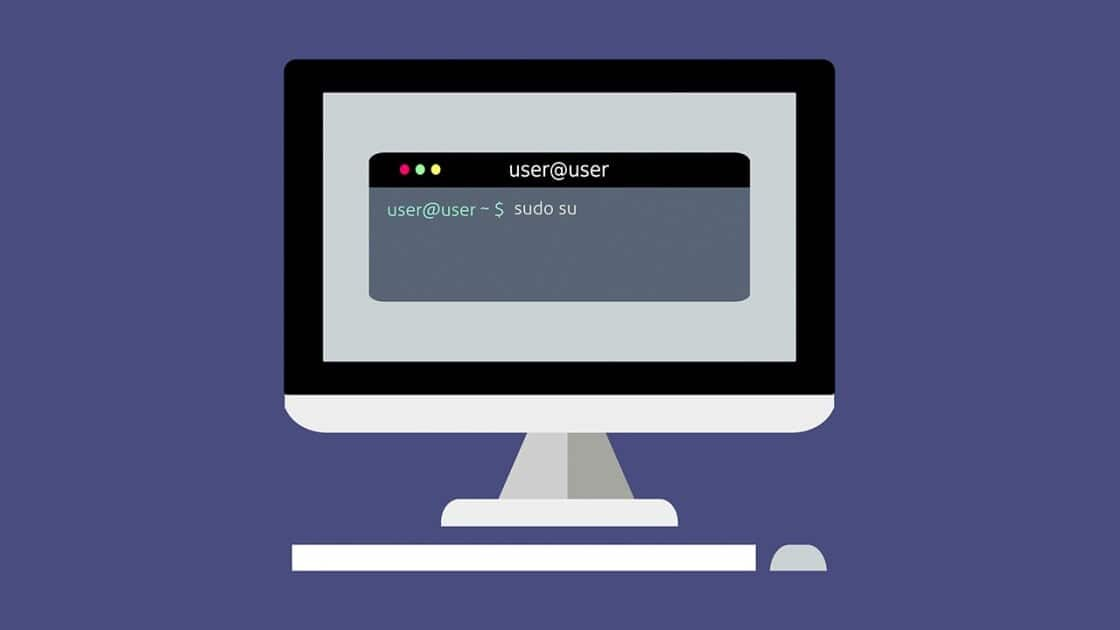
Frustrated with Windows? Here's your guide to switching to Linux
What's the story
As Microsoft transitions to Windows 11, some users are expressing frustration over embedded advertisements, constant updates, data collection, and increasing hardware requirements. For those unable to upgrade their Windows 10 machines to the latest version, Linux emerges as a viable alternative. Linux offers a free and open-source alternative to Windows, known for its stability, security, and flexibility. This guide walks you through the entire process, from choosing a Linux distribution to installing and customizing it.
Linux distros
Understanding Linux distributions and installation process
Unlike Windows and macOS, Linux comes in many flavors. You can pick from a variety of distributions, or "distros," each with unique interfaces and features. For beginners, Linux Mint is suggested due to its familiar desktop environment and Ubuntu base. To install Linux Mint, users must download the ISO file from Mint's page and burn it onto a USB flash drive using a tool like Rufus to create a bootable drive.
Installation
Navigating the Linux Mint installation process
The installation of Linux Mint involves rebooting the computer and accessing the Boot Menu or Setup. Ensure all important files are backed up before proceeding with the installation. Boot from the USB drive and follow the on-screen instructions to install Linux. After another reboot, users encounter GRUB, which is Linux Mint's boot menu. If no errors occur during this process, users can proceed with installing Linux Mint on their system.
Adaptation
Adapting to Linux Mint and managing apps
Once Linux Mint is installed, users can familiarize themselves with the new operating system through its Welcome window. Basic navigation within Linux Mint closely resembles that of Windows, easing the transition for new users. However, installing and managing apps in Linux differs from Windows. Each distro has its own repository or app store where apps can be downloaded either through a graphical software manager or from the command line.
Commands
Command line instructions for app management
In Linux, apps like VLC can also be installed by opening a Terminal window and running the command 'sudo apt install vlc.' Uninstalling an app requires the command 'sudo apt remove [app name].' To delete configuration files as well, users can run 'sudo apt purge [app name].' Updating apps can be done either from the software manager or by running 'sudo apt update' and 'sudo apt upgrade' in the Terminal.